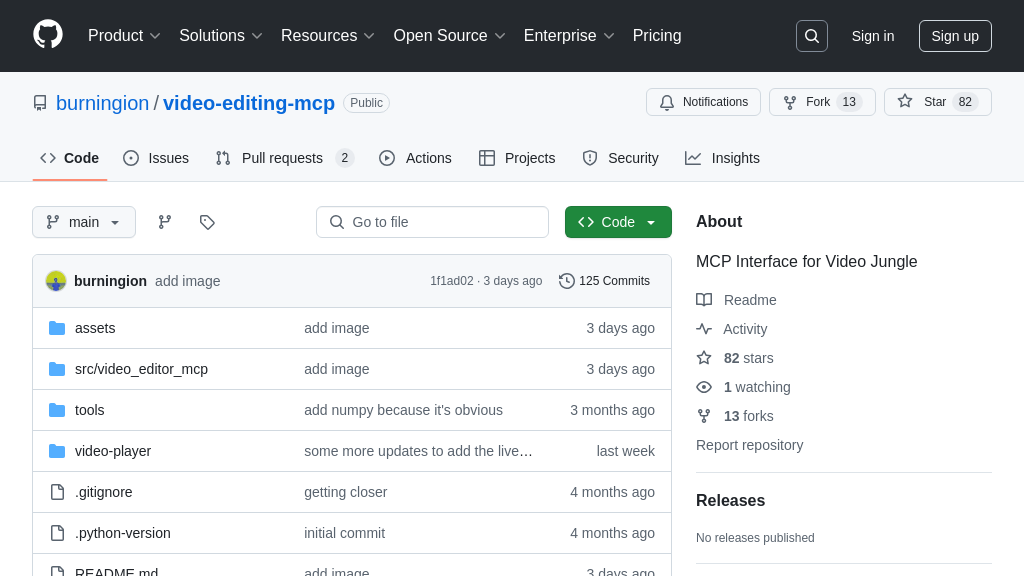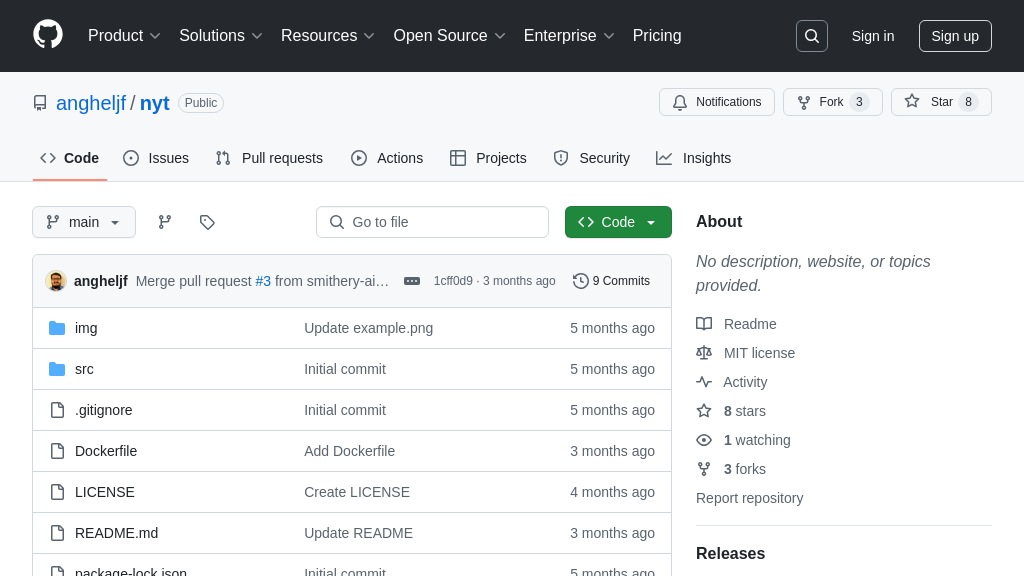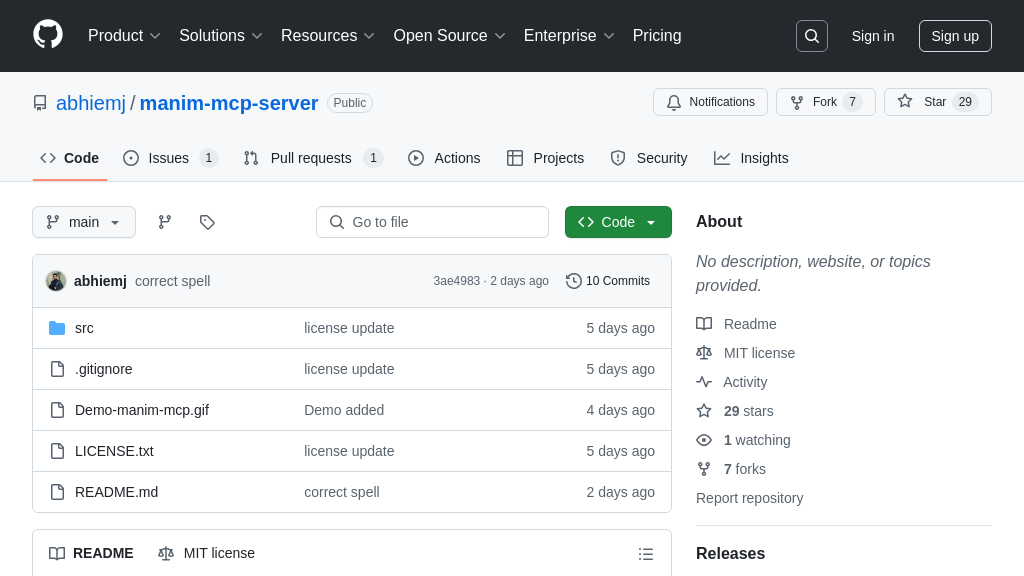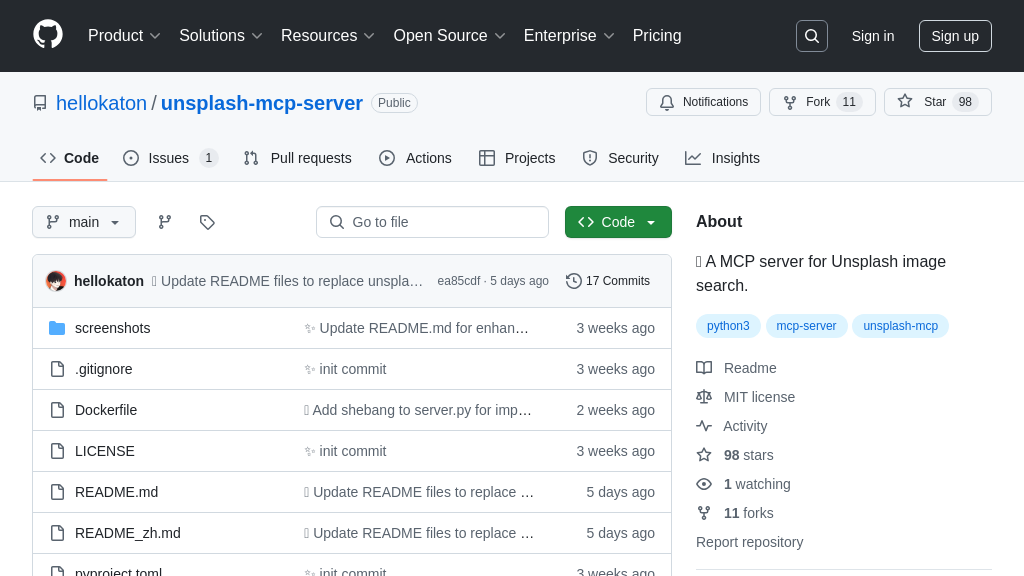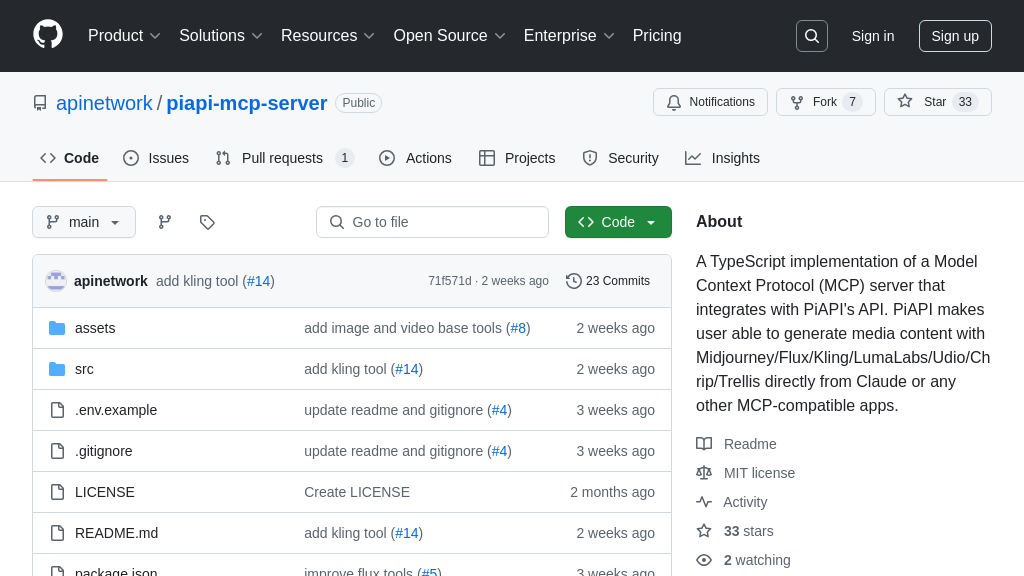oorlogsbronnen-mcp
Oorlogsbronnen MCP Server: AI-powered access to Dutch WWII archives via natural language.
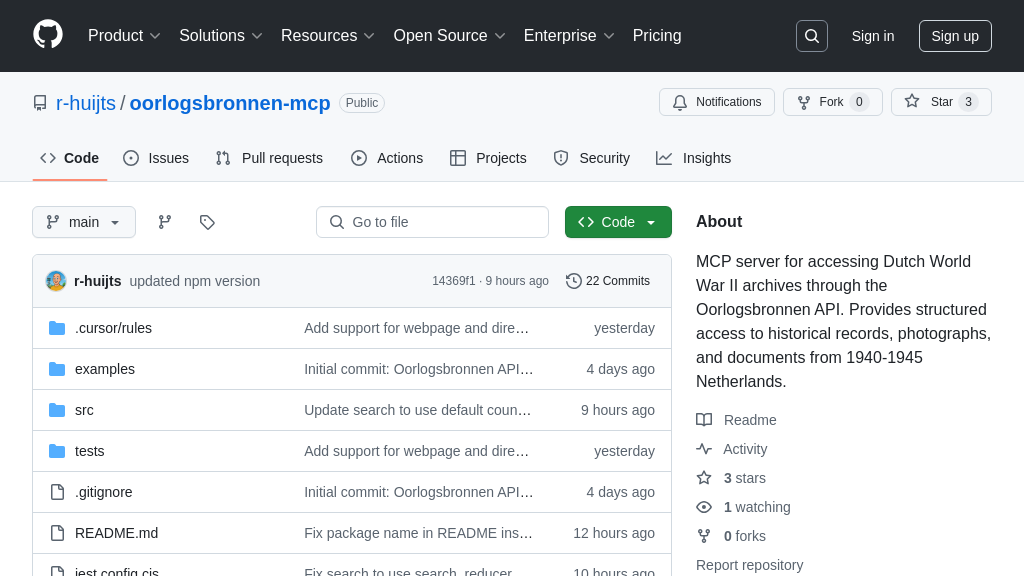
oorlogsbronnen-mcp Solution Overview
The Oorlogsbronnen MCP server is a valuable tool for developers seeking to integrate AI with Dutch World War II historical archives. As an MCP server, it provides AI-powered access to the Oorlogsbronnen (War Sources) database, enabling natural language interactions with a wealth of historical information from the Netherlands.
This server allows AI models to answer complex questions about WWII history using natural language queries. Key features include natural language search, content type filtering (person, photo, article, etc.), and control over the number of results returned. The server delivers AI-friendly JSON responses, facilitating further processing and integration.
By using this MCP server, developers can create applications that allow users to explore Dutch WWII history through intuitive, conversational interfaces. It offers a streamlined way to access and utilize a rich historical resource, making it ideal for educational tools, research projects, and interactive experiences. Installation is straightforward, with options for both NPX package and source installation, ensuring seamless integration into existing AI workflows.
oorlogsbronnen-mcp Key Capabilities
Natural Language WWII Archive Search
The core function of oorlogsbronnen-mcp is to enable users to search the Oorlogsbronnen (War Sources) database using natural language queries. This allows AI models to access and interpret historical information without needing complex, structured queries. The server translates natural language input into specific database searches, retrieving relevant documents, photographs, and other archival materials related to World War II in the Netherlands. This functionality bridges the gap between AI's understanding of language and the structured data within the historical archives.
For example, a user could ask, "What happened during the bombing of Rotterdam in May 1940?" The server would then process this query, search the Oorlogsbronnen database for relevant records, and return a structured JSON response containing information about the event. This allows AI models to provide users with accessible and understandable answers based on historical data. The underlying technology involves natural language processing to understand the query and API calls to the Oorlogsbronnen database.
Content Type Filtering
This feature allows users to refine their searches by specifying the type of content they are looking for, such as "person," "photo," or "article." By filtering results by content type, users can quickly narrow down their search and focus on the most relevant information. This is particularly useful when researching specific aspects of WWII history, such as personal stories, visual documentation, or news reports. The type parameter in the search_ww2_nl_archives tool enables this filtering.
For instance, if a user is researching the Dutch Hunger Winter of 1944-1945 and wants to see photographs, they can specify type: "photo" in their query. The server will then only return photographs related to the Dutch Hunger Winter, excluding articles, personal accounts, and other types of content. This saves time and effort by providing a more focused search experience. The implementation involves adding a filter to the database query based on the specified content type.
Controlled Result Volume
The oorlogsbronnen-mcp server allows users to control the number of results returned by their queries using the count parameter. This feature is essential for managing the volume of information and preventing information overload. Users can specify the desired number of results, ranging from 1 to 100, to tailor the response to their specific needs. This is particularly useful when conducting broad searches that may yield a large number of results.
For example, a researcher investigating resistance activities in Utrecht during the Nazi occupation might initially request a small number of results (e.g., count: 5) to get an overview of the available information. If the initial results are promising, they can then increase the count to explore the topic in more detail. This feature provides flexibility and control over the search process. The server limits the number of returned results based on the count parameter before formatting the JSON response.
AI-Friendly JSON Responses
The server returns search results in a structured JSON format that is easily processed by AI models. This format includes key information such as the record's ID, title, type, description, and a direct link to the item on the Oorlogsbronnen website. The structured format allows AI models to quickly extract and utilize the information for various tasks, such as answering questions, generating summaries, or creating visualizations.
For example, an AI model could use the JSON response to create a timeline of events related to Anne Frank's life in hiding, or to generate a report on the impact of WWII on Dutch infrastructure. The consistent and predictable structure of the JSON response simplifies the integration of the Oorlogsbronnen data into AI-powered applications. The server formats the data retrieved from the Oorlogsbronnen database into a standardized JSON structure before sending it to the client.
